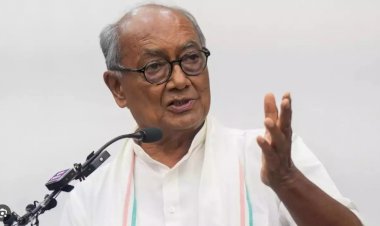
Shouldn't we UNDO the injustice done by the British to the forest dwellers?
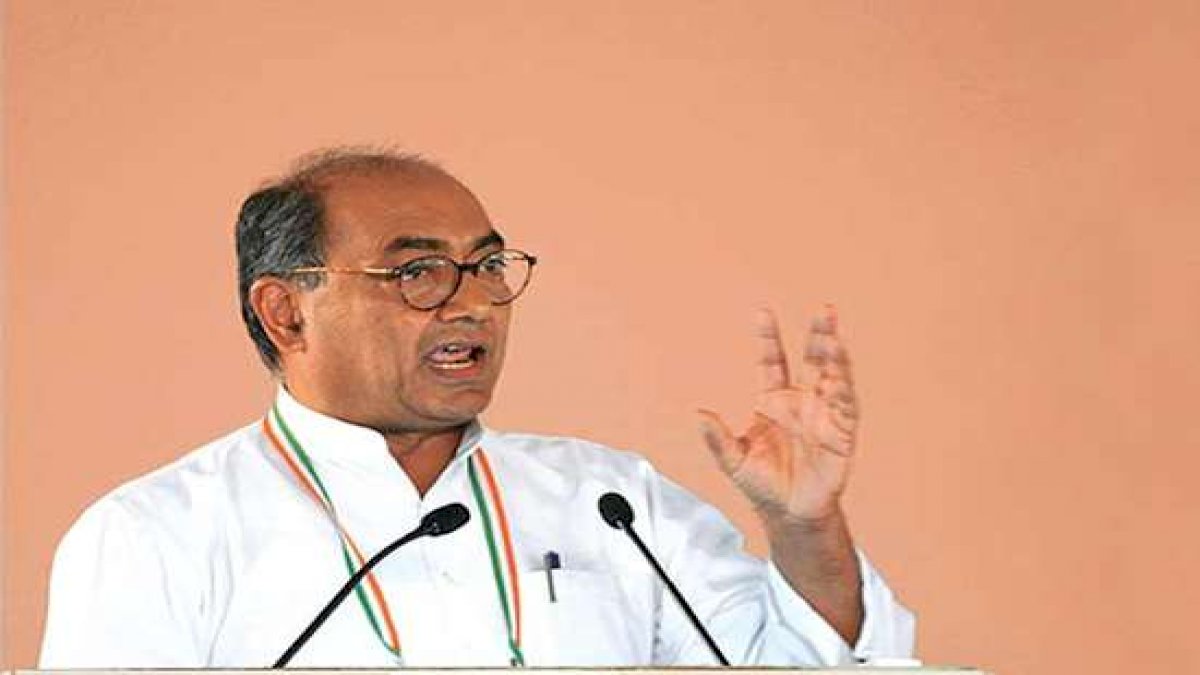
Digvijaya Singh's Blog
2011 Oct 14
There was a time when getting a phone connection was extremely difficult and as MPs we had certain quota for recommending for a phone connection. Over the years we have seen the penetration of telephony and mobile telephony to the remotest areas and being used even by a daily wager.
Telecom sector was privatized under Narsimhan Rao Government when Sukh Ram was the Telecom minister. Licenses were issued on the basis of an open bidding process. During NDA regime, the licensees approached the government and requested for a change in the Policy, as they were unable to fulfill the conditions under which they had obtained licenses. The NDA Government changed the Policy to accommodate the Licensees and brought the concept of revenue sharing. Though, changing the terms and conditions of open bidding to accommodate the Licensees was unethical and unprecedented, but in hindsight, it was good for the Telecom industry and the consumers as well. No doubt, the government did lose revenue, which was also noted by the subsequent CAG reports.
In 2001, the NDA government released 2G spectrum to the then existing players in the telecom industry. The license fees was determined by the government without going through the open bidding process, which should have been done as has been done by UPA government in case of 3G and 4G spectrums. The flip side of this is that we have the lowest tariffs in the world, which has now resulted in not only highest growth rate of mobile telephony but also a consumer base of 900 million.
In a welfare state how do you define loss to the exchequer and a subsidy? Would PDS subsidy which has a out flow of more than Rs 60000 crores or cheap fertilizer or cheap drinking water, cheap diesel, kerosene and cooking gas come under the definition of subsidy or would be termed as a loss to the exchequer?
In the case of mobile telephony, when it was felt that some more new players should be brought in to increase competition UPA, the government decided to do so. The UPA government had the options of either raising the license fee or gofor open bidding or else, continue the same license fee that was decided by NDA Government. Open bidding was not recommended by TRAI,as it would have resulted in an uneven playing field between the old and the new entrants. The issue of any increase in license fee was left to the Finance ministry and IT ministry to decide. In their wisdom they decided not to do so in consumer interest.
If the procedure was tailored by the then IT minister to help a few of the favored, he is behind the bars. Supreme Court is personally monitoring the investigation. How long are we going to go on discussing 2G?
Another very intriguing issue is the quantum of revenue loss to the exchequer. CAG says that it is Rs 1,76,000 crores. Director General of Audit (Post and Telecommunications), which was under CAG and carried out the 2G audit, says it is Rs 2645 crores. Minister IT says it is zero loss. CBI says it is a loss of Rs 30,000 crores. Whom to believe? Finally, is it a loss or a subsidy to help the mobile telephony consumer?
Congress has always believed in transparency and competitive bidding, which it did for opening up of telephone sector in 1995, for 3G in 2007 and for 4G in 2011. NDA could have done it for 2G, which it did not.

Shouldn't we UNDO the injustice done by the British to the forest dwellers?
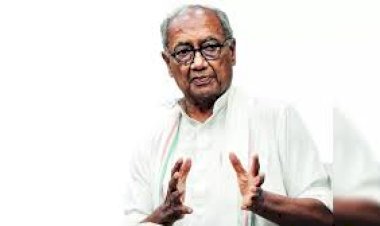
No other govt has shown more will to fight corruption
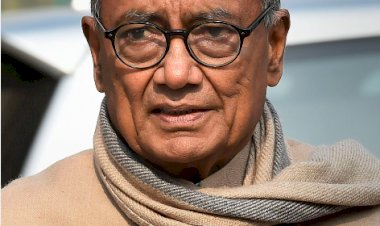
Hindutva
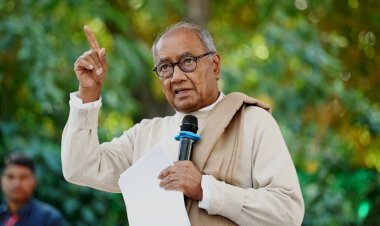
Should the Lokpal have overriding powers over elected representatives in a democracy?
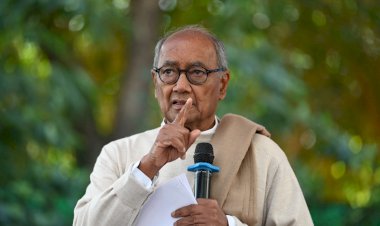
किसान और गरीब विरोधी क़ानून वापस लें प्रधानमंत्री मोदी
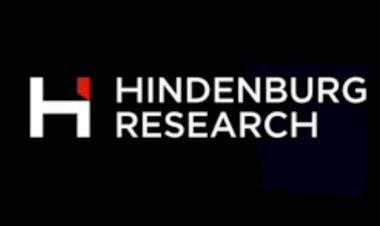
हिंडनबर्ग रिपोर्ट और सेबी तथा सरकार पर उठते सवाल